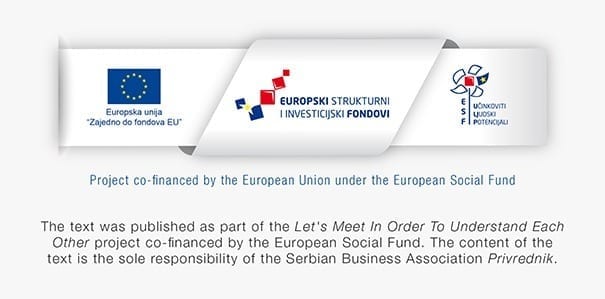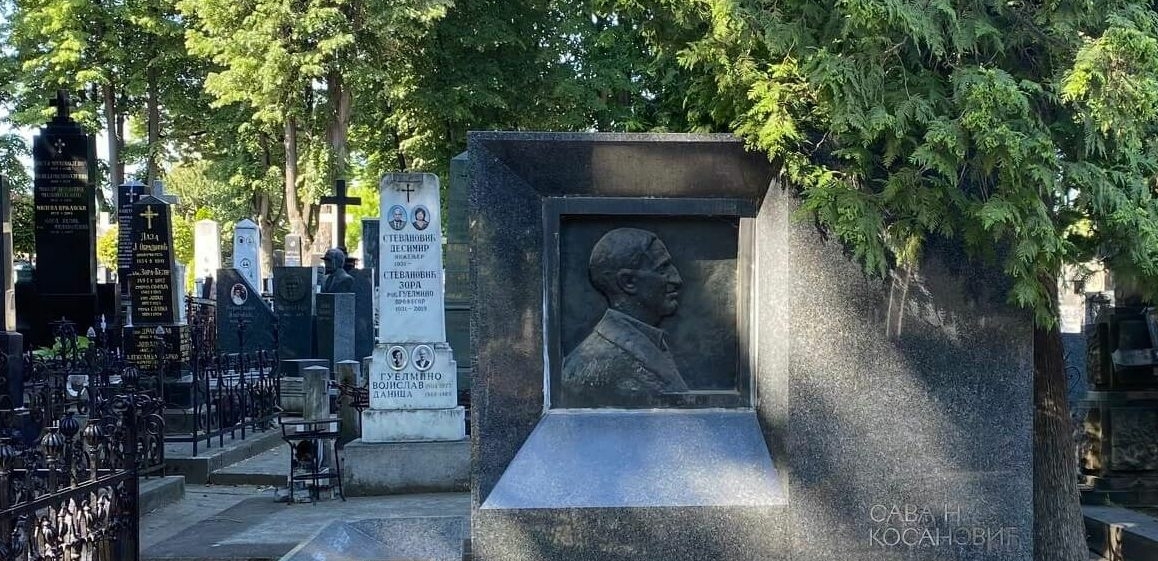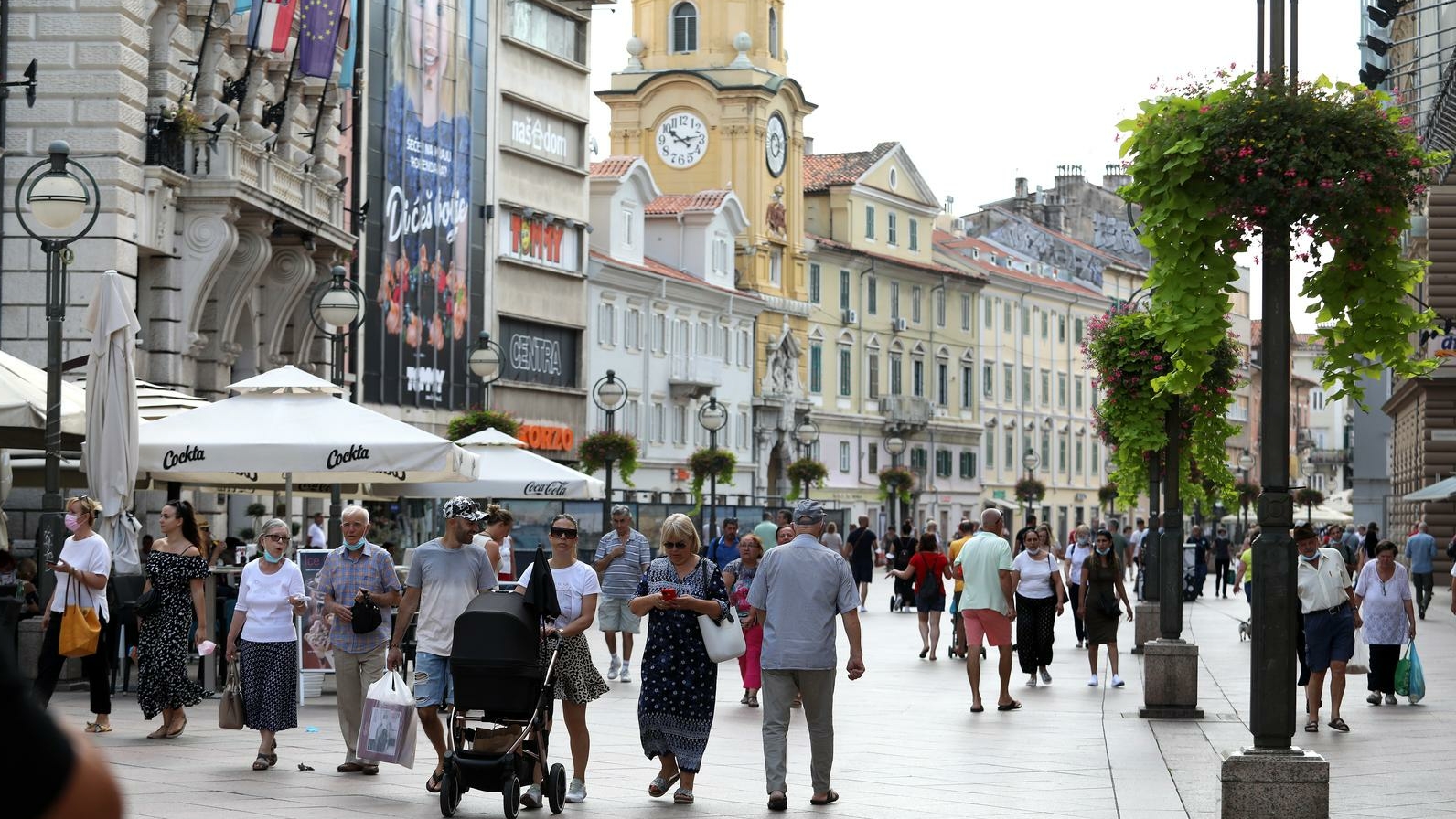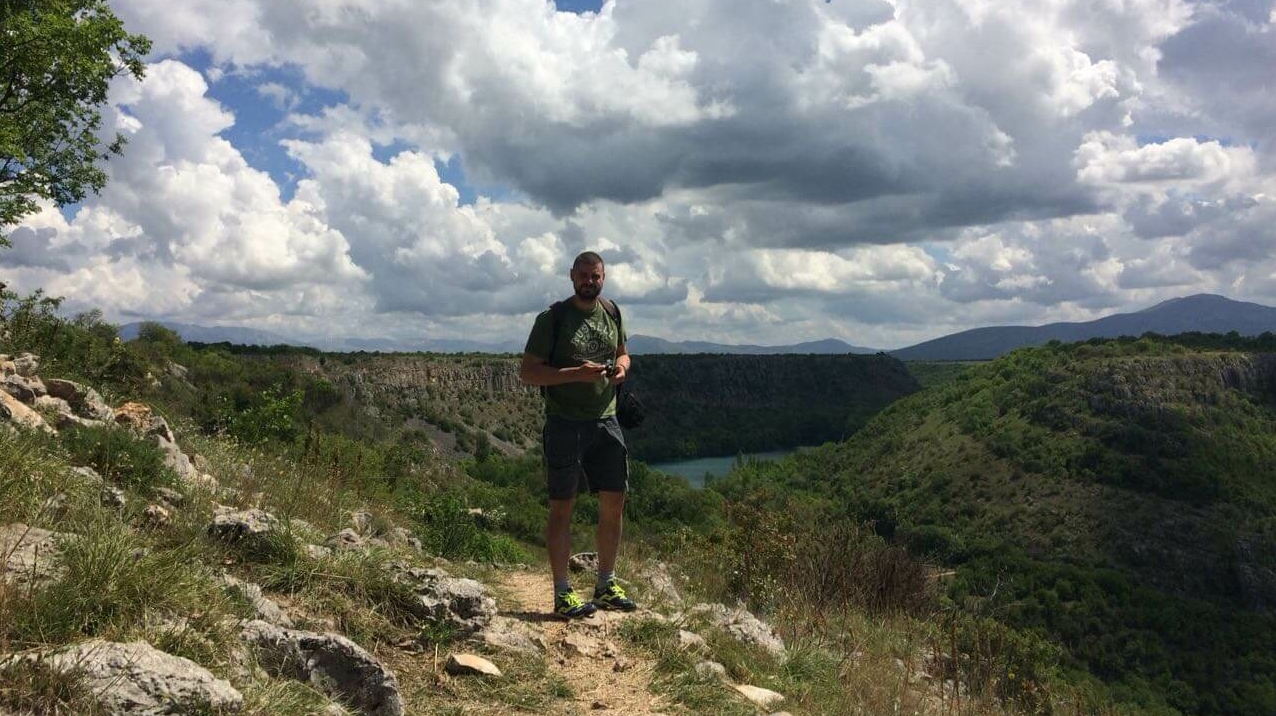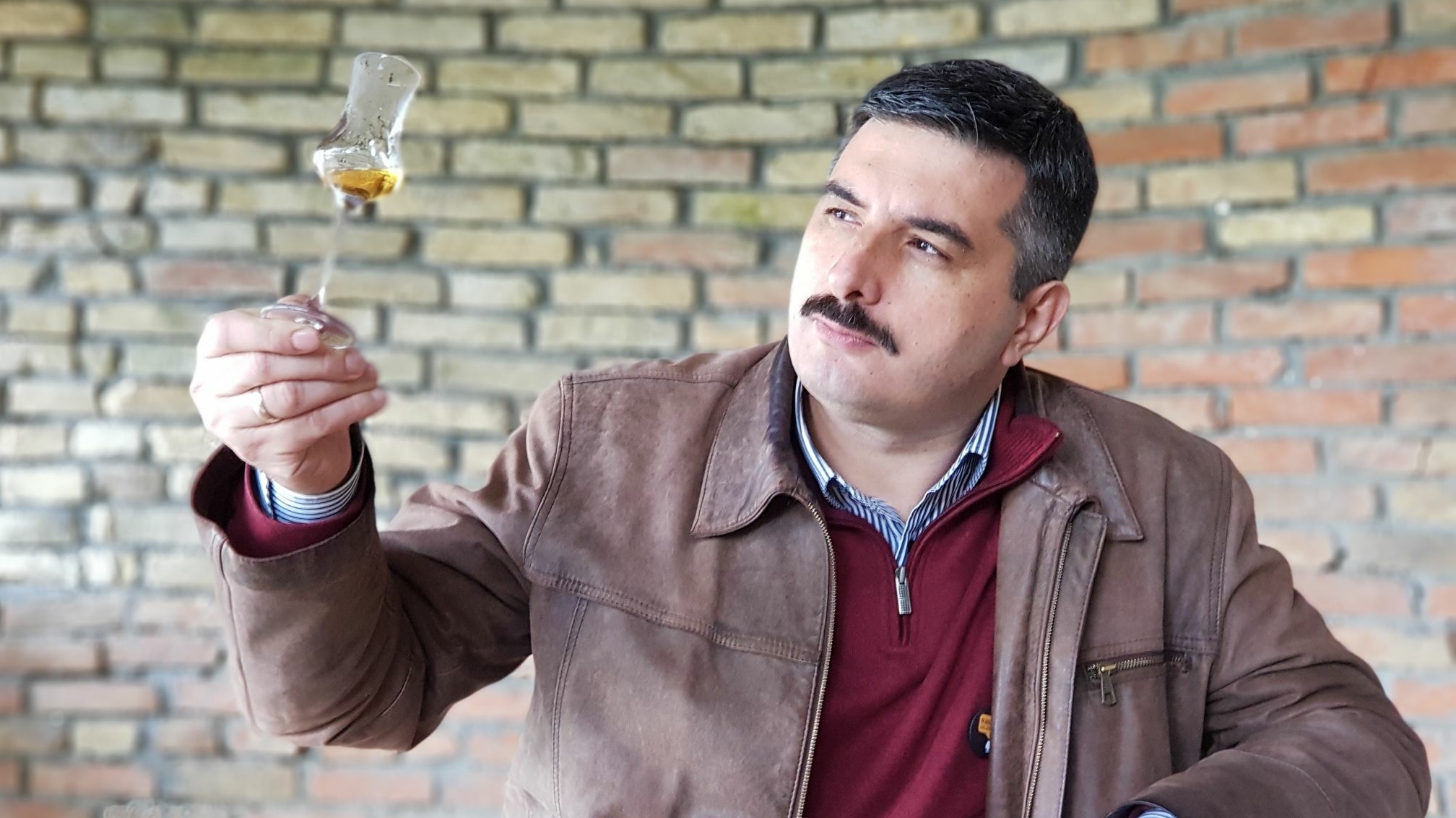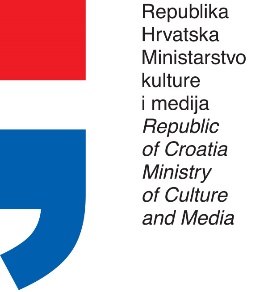They say that everyone is equal in death – kings and beggars, philosophers and vagabonds. However, the resting place of some is unknown, while others have mausoleums. Some continue to live in the memory of generations through their magnificent deeds. One of the places that contains so many greats of history and culture that it seems like an open-air museum is the New Cemetery in Belgrade, a unique gathering point in Serbia and a marble testimony to eras and people.
If you step through the large main entrance in Ruzvelt Street, like through a portal to another time where different laws apply, you will feel the peace and quiet just a few steps away from the city bustle. It is difficult to describe the feeling when you stop by a tombstone of cold marble inscribed with the famous names of immortal mortals. Among those whose achievements left a lasting legacy in the history and consciousness of the Serbian people, and beyond, many are Serbs “from across”. “Prečani”, newcomers, our own and yet foreign… More than many born on Serbian soil, they loved this same Serbia that sometimes wholeheartedly accepted them and sometimes was unjust toward them. Many of them dedicated or even gave their lives for ideas, for art, for freedom, for their people. Today, their bones are scattered throughout the 30 hectares of the New Cemetery – in the Alley of the Greats, the Alley of Distinguished Citizens, old plots with artists, scientists, warriors…
The first thing you need to visit the resting places of Serbs originating from today’s Croatia who are buried at the New Cemetery is stamina. As these people were and are present in all areas of society, so we also find them here every few steps. The towns and places that gave us these great names are relatively unknown today, especially to younger generations, and the tombstones show only the dates of birth and death, so you will likely pass by a great person not knowing where they came from. It is, therefore, best to go on this tour accompanied by an expert guide.
We started our walk from plot number 5 in the old part of the cemetery; the plot is right between the main entrance and the Church of Saint Nicholas. This plot is the resting place of the philanthropists Vladimir and Paulina Matijević, the founders of the Serbian Business Association Privrednik in Zagreb. Violeta Obrenović, an art historian and expert associate of the public utility company that handles funeral services, starts her tour of great benefactors from their graves. “Great People with Great Souls” is just one of the themed walks our companion on this journey through history organizes at the New Cemetery. She has guided groups of interested citizens through the history of literature, art, warfare and science many times. The tours include one dedicated to notable Serbian women, titled “Woven from Soul and Mind”; those dedicated to poets and writers: “There Is No Love in the World, My Friend” and “Where There Is Darkness, There Is Sunrise”; the tours “The Fatherland Is Defended with the Heart”, “Following the Trail of Great Military Leaders and Heroes of the First World War”, “Bards of the Serbian Theater”, “The Greats of Serbian Science”, “The Great Loves of Great Serbs”, “Brilliant Minds of Serbia”…
She revealed to us that she thought about creating a tour dedicated to the Serbs from across the border before we asked her to lead us by notable Serbs from Croatia. There is enough material for several different tours, as we saw for ourselves.
We stop by an interesting relief on the grave of Đurica and Krista Đorđević. It was made by the renowned artist Sreten Stojanović, the author of some of the most authentic works at the New Cemetery, who, like many others, owes his education to this couple. Đurica and Krista were imposing figures; he worked at the Faculty of Medicine and was a distinguished doctor, hailing from Grubišno Polje. During the First World War, he, as a doctor, did what he could to prevent the enlisting of Serbs into the Austro-Hungarian army. After he came to Serbia, he received refugees. Krista was the daughter of Svetislav Šumanović, a notable lawyer from Zagreb, one of the founders of the Serbian Bank in Zagreb, a member of its first board of directors and the uncle of Sava Šumanović.
“When you look at the symbolism of the relief, which is also stated in the text, the sea is a symbol of departure to somewhere else. Krista continued their mission after his death. She established contact with communists then, which represented progressive ideas at the time,” Violeta Obrenović explains Krista’s support for the communist movement of the time.
“The myth remains that she kept the communist party’s gold in her house in Strahinjića Bana Street and that, after the house was bombed in 1941, she found that gold in a lump, which she returned to Josip Broz Tito. Krista later took over the management of the Red Cross. Among other things, she founded the Society of the Friends of the National Museum, to which she left a rich collection of paintings, including a collection of paintings by Sava Šumanović. All the artists visited their house, which was covered in reliefs,” our interlocutor explains.
History has toyed with many of these famous figures, so they lie next to their ideological opponents. Nevertheless, all their differences were reconciled by their self-sacrifice and devotion to their people, to whom they left priceless values.
Stevan Binički, an army captain who was married to a German countess but never forgot his heritage, left the Austro-Hungarian and joined the Serbian army. Few know that this Lika native was the father of the famous composer Stanislav Binički, the author of the “March to the Drina”. “Binički is as brave as a lion but is a little nutty and wants to do as he pleases too much,” King Milan Obrenović wrote about Binički, the commander of the Šumadija Division in the Serbo-Bulgarian War fought from 1885 to 1886.
Close by lies the notable Dubrovnik Serb, writer, diplomat and pedagogue Matija Ban, after whom Belgrade’s borough of Banovo Brdo is named. His daughter Poleksija was a painter, as was his son-in-law Stevan Todorović. Together they painted the interior of many churches.
Simeon Roksandić, the notable sculptor from Majske Poljane, also lies in the New Cemetery. The author of the famous sculpture The Boy with the Broken Jug at the Čukur drinking fountain and The Fisherman at the Jezuitski Square in Zagreb and at Kalemegdan in Belgrade is represented by three of his artworks at the New Cemetery.
Our companion leads us to Sava Kosanović’s grave, whose relief was made by Ivan Meštrović, which, as she says, was a great honor. Meštrović made only three other pieces at the New Cemetery: the bust of Nikola Pašić, Milenko Vesnić and Milovan Milovanović. The most important act of Sava Kosanović, a politician, diplomat and publicist born in Plaški, was the transfer of the remains and physical legacy of Nikola Tesla, as the pinnacle of his diplomatic mission.
Academician Nikola Hajdin, the president of the Serbian Academy of Sciences and Arts (SANU) for many years, is a well-known figure today since he was the contemporary of many. The esteemed engineer and builder of bridges from Vrbovsko wanted to be buried in the old part of the cemetery and not in the Alley of Distinguished Citizens, where he rests today.
Josif Pančić, the father of Serbian botany and the first president of the Serbian Royal Academy, today the SANU, was born near Vinodol. In 1951, his remains were transferred by members of the SANU and mountaineers of Serbia from the New Cemetery to a mausoleum on the summit of his beloved Kopaonik, thus honoring the scientist’s wish to be buried there. The name of the summit of this mountain has been Pančićev Vrh (Pančić’s Summit) since then.
Milutin Milanković was also buried at the New Cemetery, where there is still a burial plot with his name, but he was transferred to his native Dalj in 1956.
The Alley of the Greats is the resting place of Milan Pribićević, a colonel of the Serbian Army who fought in the Balkan Wars and the First World War. He came from the same prominent family as Svetozar and Adam Pribićević. He is known for his political work on the unification of South Slavs and the overthrow of Austria-Hungary. He was also a publicist, poet and prose writer.
We come to the grave of Pjer Križanić, another notable Banija native. Along with biographical information, dates and life stories placed in the context of the time, Violeta Obrenović always makes her expert tours of the New Cemetery more interesting with various anecdotes and interesting facts not found in textbooks. She tells us a little-known story about the help Pjer received from his ex-wife, a painter who was sadly not very appreciated. Although they were divorced – Pjer had cheated on her with their housemaid – he acknowledged how much she helped him with his texts and was supportive of him.
Miloš Đurić, a classical philologist, Hellenist, professor, philosopher, translator and member of the SANU, was born in Slavonski Benkovac and today rests in the Alley of People’s Heroes, where some other cultural workers rest as well.
There is also the actor Petar Kralj, painter Stojan Aralica, writers Jovan Radulović and Slobodan Selenić, psychiatrist and politician Jovan Rašković, lawyer Veljko Guberina… A wondrous journey that spans centuries.
Milan Kašanin, the eminent art historian, short story writer and novelist from Beli Manastir, graduated in art history from the Sorbonne in 1923. He was the first Serbian art historian, a novelist, essayist, the director of the Prince Pavle Museum and, after the Second World War, the director of the Gallery of Frescoes.
The monument to Ljubomir Micić, located right behind the Monument and Memorial Ossuary to the Defenders of Belgrade, was restored a few years ago. He was an imposing figure at the head of the most important internationally recognized movement in Serbian culture in the avant-garde period. Our companion tells us an anecdote: after the war, someone asked Bulatović where Micić was. He answered: “He’s in emigration.” “Where in emigration?” “In Belgrade, in Prote Mateje Street, not answering anyone.”
The tomb of writer Simo Matavulj stands out among the rest, although in his will he asked for a simple grave and a funeral without speeches. The Dormition of the Mother of God, a rare depiction of the Mother of God in high relief sculpture in the history of Serbian sculpture, is the work of Đorđe Jovanović. It was probably inspired by Matavulj’s story “The Mother of God of Three Hands”.
“Half of Belgrade was at his funeral, and when they were lowering the casket, a man stepped out from the crowd and said: ‘I loved and respected you very much. I am the last person you spoke to. May you rest in peace. Arsa Mišić, waiter from the Grand Hotel.’ And his second wife realized then that such a man cannot be buried in an ordinary grave,” our companion explains why the writer’s last wish was not honored.
We end our journey on the trail of the greats in front of this imposing sculpture, one of the most beautiful and best-known in the New Cemetery. We will return, for these silent marble monuments say much more than anything outside the walls of this incredible place does. Birdsong and marble bathed in the sunshine of June Belgrade sun, like from a postcard. Senders: people with two addresses.
“They were often greater patriots than those born here because this place often meant freedom for them. And they were never completely accepted. They were always ‘from somewhere else’,” our kind interlocutor ends her story, regretting that many of them had to pass the test of time to be accepted.
Still, their bones have taken root, in a country that would not be what it is without them.
Translation from Croatian: Jelena Šimpraga
